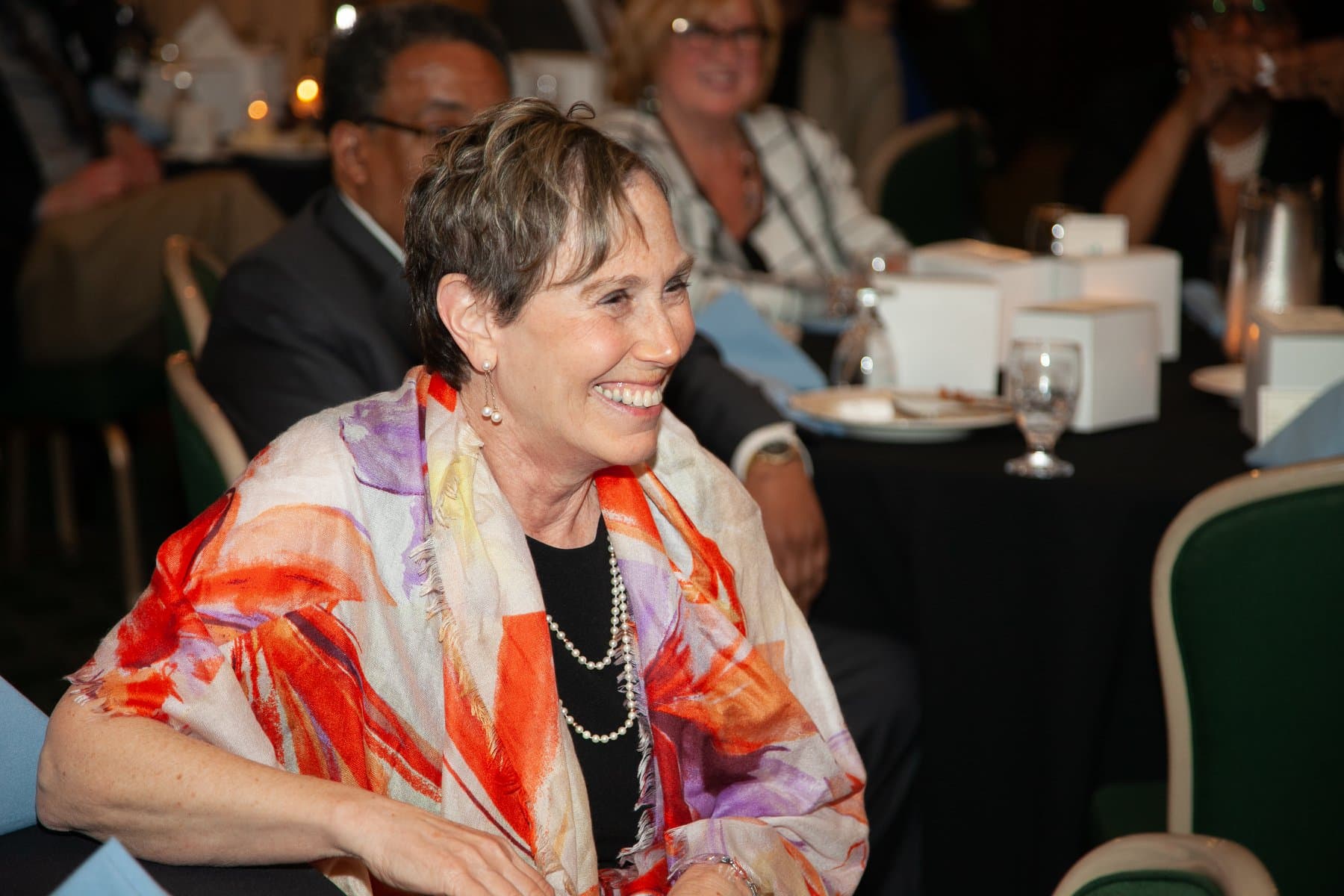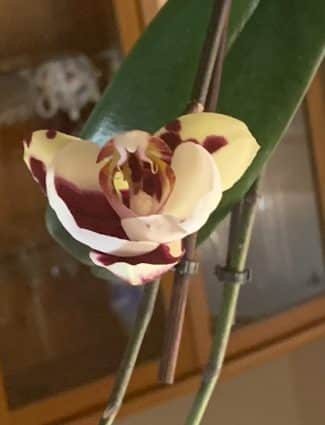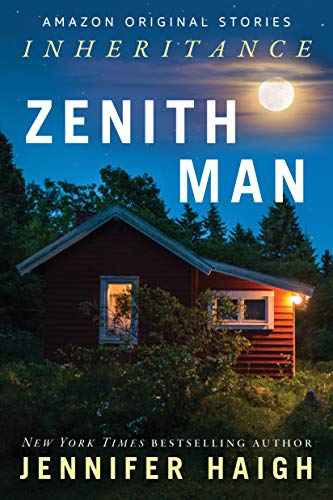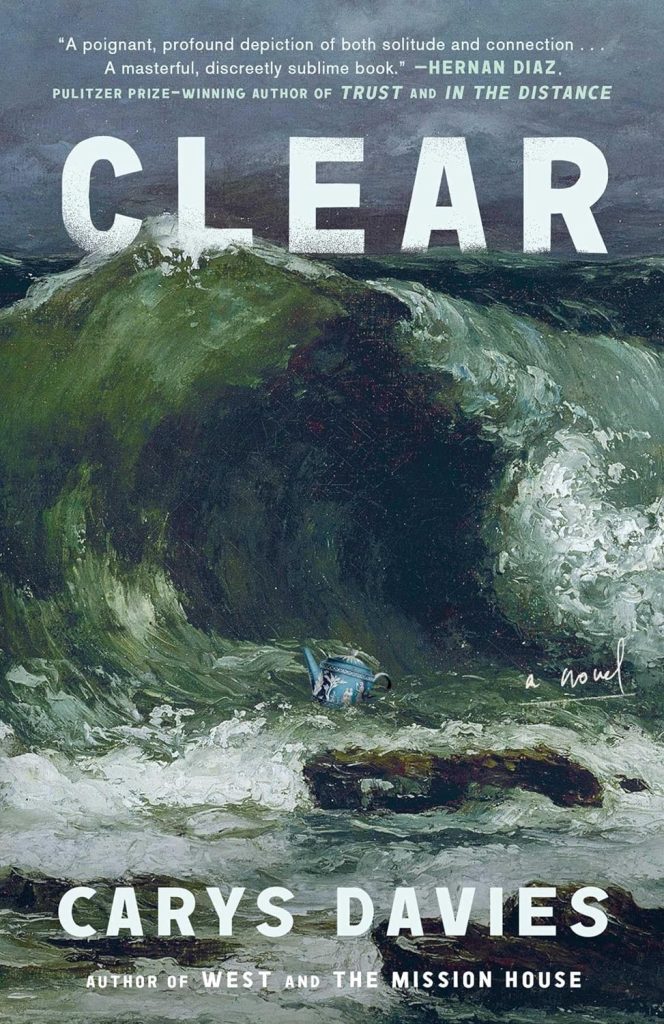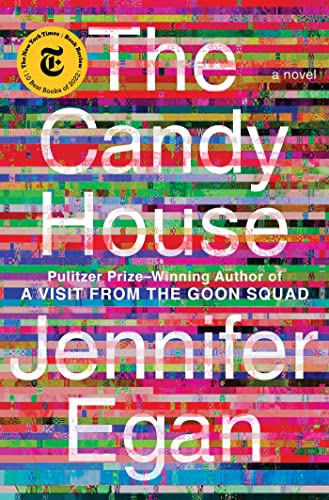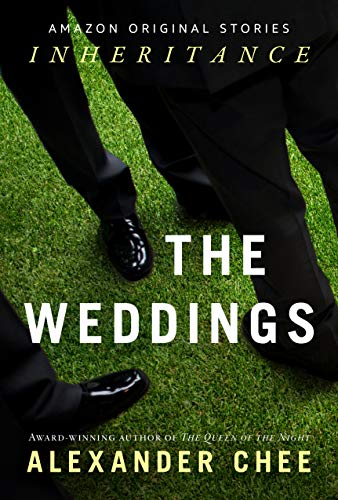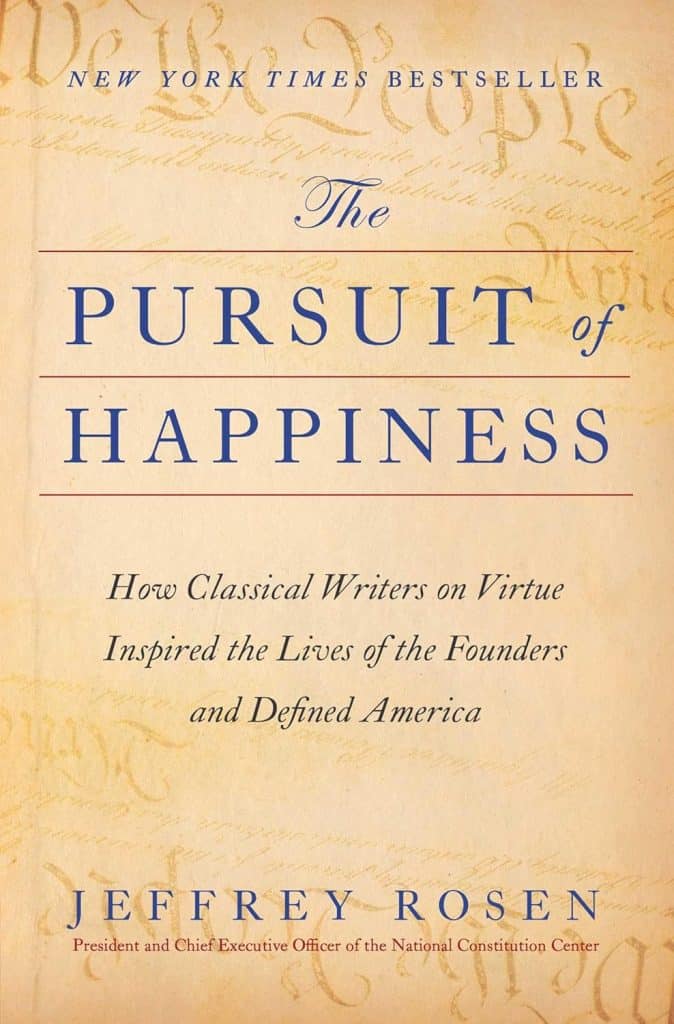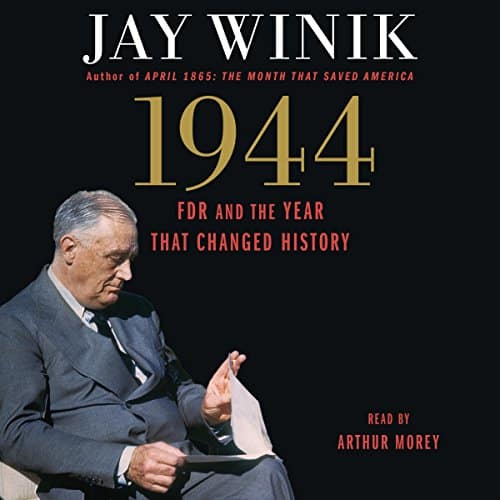
Do I Have a Greenish Thumb?
I Purchased the Hummingbird Sage Watering Can
Estimated reading time: 1 minute, 49 seconds
As someone who enjoys routines, I have made it a habit to water my plants every Sunday. I care for them by misting, rotating, and fertilizing them when necessary. Mid-week, I check to ensure that they don’t require additional water, and on Sundays, I fill up the watering can and leave it on the counter to remind me to take care of my plants.
Two weeks ago, I noticed the counter was wet, but I thought it was because I had splashed water while filling the watering can or washing dishes. Last week, I checked the watering can and realized it was only half full. My initial idea was to patch it up with duct tape, as the watering can has been in my family for over thirty years.
However, upon closer inspection, I realized that while the watering can hold sentimental value, it did not reflect where my life was at the moment; I decided to order a new watering can that represented my current phase of life, which is twenty-nine and a half months since my wife passed away. I chose a Hummingbird Sage design from Grace and August since they described it as “a beautiful art to showcase the beauty of hummingbirds and bring it into the home for everyone to enjoy.” To my surprise, it came with a new mister.
Every morning, when I enter my kitchen, my indoor garden makes me smile. It’s been a year since I moved and started caring for my plants, and I can confidently say that I’ve developed a greenish thumb. My tiny apartment has transformed into a warm and welcoming home, and I’m grateful for the joy and inspiration my plants bring me daily.
The Jan Lilien Education Fund sponsors ongoing sustainability and environmental awareness programs. Gifts made this month; I will match dollar-for-dollar. All donations are tax-deductible.
I receive a commission when you buy a book or product using a link on this page. Thank you for supporting and sharing Jan’s Love blog.
Flowers Convert 3B Into a Home
I Purchased the Hummingbird Sage Watering Can
Estimated reading time: 1 minute, 49 seconds